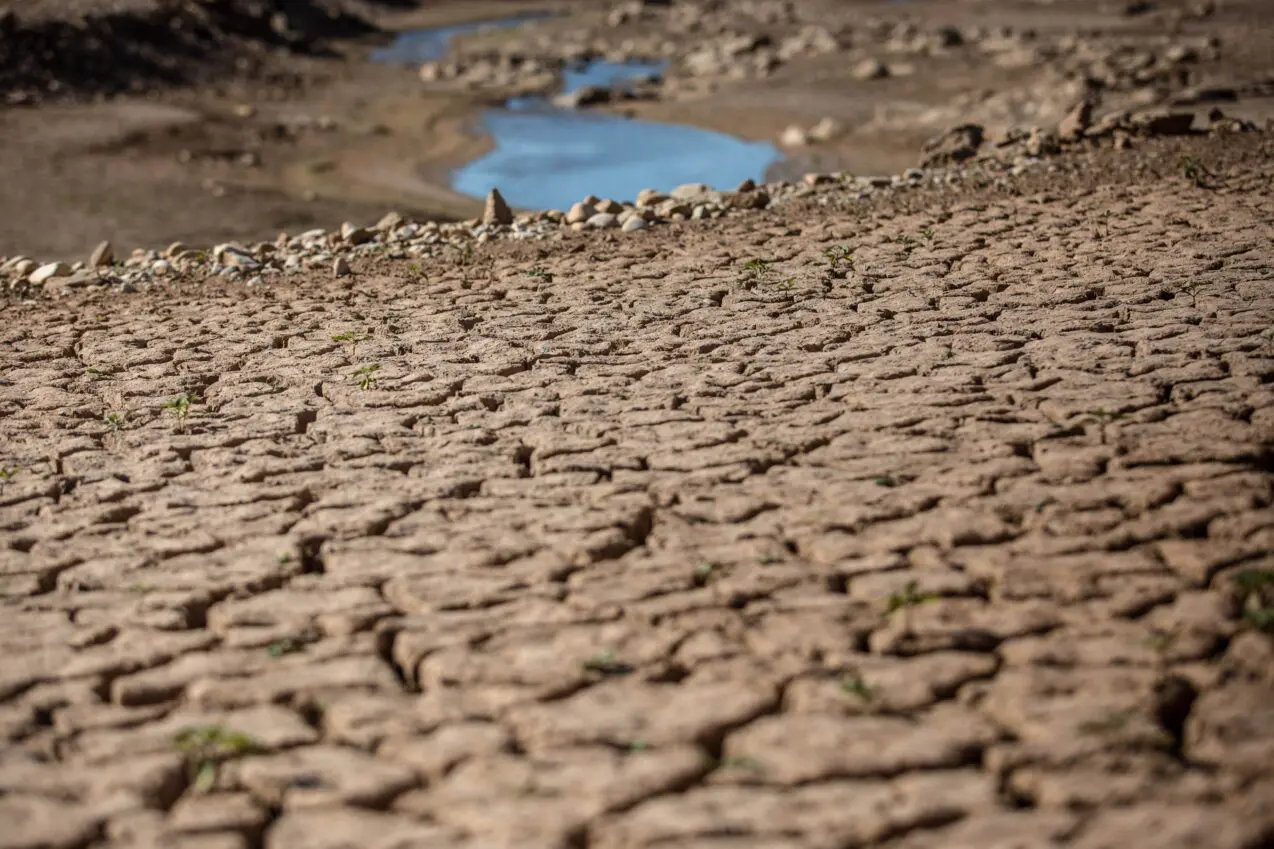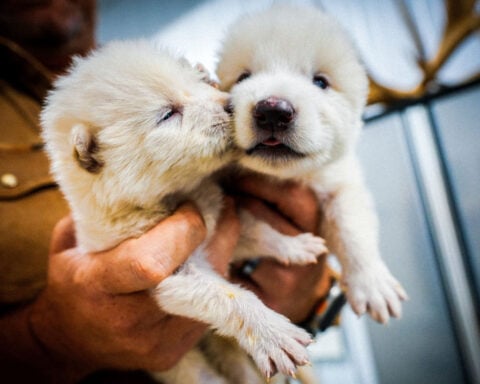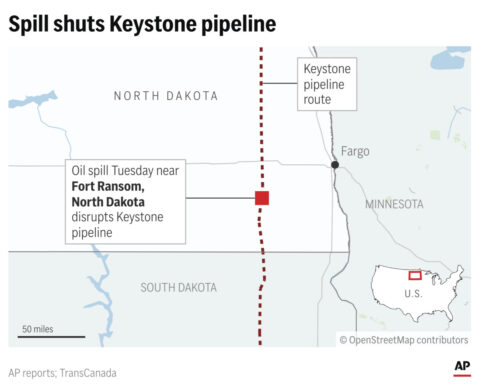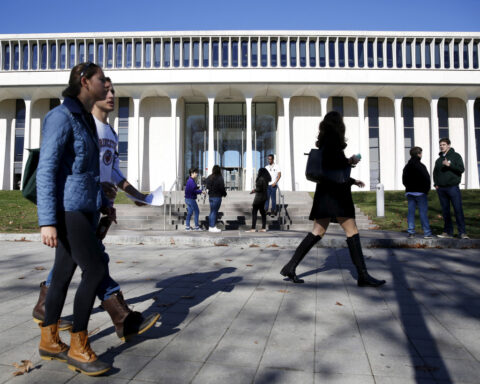According to
recent research
from experts at the University of California, Los Angeles and the National Oceanic and Atmospheric Administration, higher temperatures brought on by anthropogenic climate change have turned an ordinary drought in the American West into the “
exceptional
” category, with greater evaporation contributing more than a lack of rainfall.
The study, published in
Science Advances
, found that evaporation accounted for 61% of drought severity in the West from 2020 to 2022, while reduced precipitation contributed 39%.
"Research has already shown that warmer temperatures contribute to
drought
, but this is, to our knowledge, the first study that actually shows that moisture loss due to demand is greater than the moisture loss due to lack of rainfall," Rong Fu, professor of atmospheric and oceanic sciences at UCLA and co-author of the study, says.
The findings mark a shift from historical patterns, where Western droughts primarily resulted from insufficient precipitation, and evaporative demand was a minor factor. This picture is complicated by rising average temperatures brought on by climate change brought on by the use of fossil fuels. Even while natural variations in rainfall still bring on droughts, there is greater heat to draw moisture from plants, soil, and bodies of water.
"For generations, drought has been associated with drier-than-normal weather. This study further confirms we've entered a new paradigm where rising temperatures are leading to intense droughts, with precipitation as a secondary factor,” Veva Deheza, executive director of NOAA's
National Integrated Drought Information System
, says.
The study examined 70 years of observational data to separate naturally occurring droughts from those intensified by human-caused climate change. Previous
research
has concluded that drought is exacerbated by rising temperatures using climate models that account for growing greenhouse gas concentrations. However, they were unable to identify the part that evaporative demand played because of naturally fluctuating weather patterns in the absence of observational data regarding actual weather patterns.
When the natural weather patterns were considered, the
researchers
found that 80% of the increase in evaporative demand since 2000 can be attributed to climate change. Since 2000, climate change has been the primary cause of both the expansion of the drought area and the increase in drought severity, with that percentage rising to over 90% during the drought period.
The analysis revealed that average drought-affected areas in the American West increased by 17% between 2000 and 2022 due to an increase in evaporative demand compared to the 1948-1999 period.
Since 2000, high evaporative demand alone can now trigger drought conditions in 66% of the historically drought-prone regions, even without decreased rainfall. Before 2000, this was true for only 26% of the area.
A warmer atmosphere can hold more water vapor, making it harder for rain to form, as when temperatures rise, water molecules move more rapidly and resist combining into raindrops.
This
creates an ongoing cycle: while more water evaporates into the warming atmosphere, less falls back to Earth as precipitation. Scientists say this pattern leads to droughts that last longer and spread across larger regions as global temperatures climb.
"During the drought of 2020–2022, moisture demand really spiked," Fu says. "Though the drought began through a natural reduction in precipitation, I would say its severity was increased from the equivalent of 'moderate' to 'exceptional' on the drought severity scale due to climate change."
Moderate means the 10–20% strongest drought, while "exceptional' means the top 2% strongest drought on the severity scale, according to the
U.S. Drought Monitor
.
Climate model simulations suggest these conditions will become more common. The type of drought seen in 2020-2022, previously occurring once every thousand years, is projected to happen every 60 years by mid-century and every six years by the century's end if greenhouse gas emissions continue at current levels.
"Even if precipitation looks normal, we can still have drought because moisture demand has increased so much, and there simply isn't enough water to keep up with that increased demand," Fu says. "This is not something you could build bigger reservoirs or something to prevent because when the atmosphere warms, it will just suck up more moisture everywhere.”
He says the only way to prevent droughts is to stop temperatures from increasing, which Fu explains means we have to stop emitting greenhouse gases.

 Trump has begun another trade war. Here's a timeline of how we got here
Trump has begun another trade war. Here's a timeline of how we got here
 Canada's leader laments lost friendship with US in town that sheltered stranded Americans after 9/11
Canada's leader laments lost friendship with US in town that sheltered stranded Americans after 9/11
 Chinese EV giant BYD's fourth-quarter profit leaps 73%
Chinese EV giant BYD's fourth-quarter profit leaps 73%
 You're an American in another land? Prepare to talk about the why and how of Trump 2.0
You're an American in another land? Prepare to talk about the why and how of Trump 2.0
 Chalk talk: Star power, top teams and No. 5 seeds headline the women's March Madness Sweet 16
Chalk talk: Star power, top teams and No. 5 seeds headline the women's March Madness Sweet 16
 Purdue returns to Sweet 16 with 76-62 win over McNeese in March Madness
Purdue returns to Sweet 16 with 76-62 win over McNeese in March Madness








